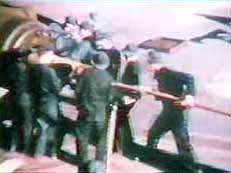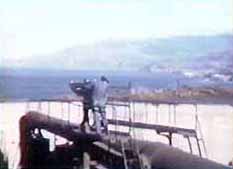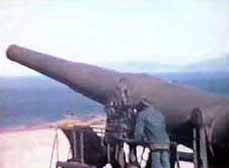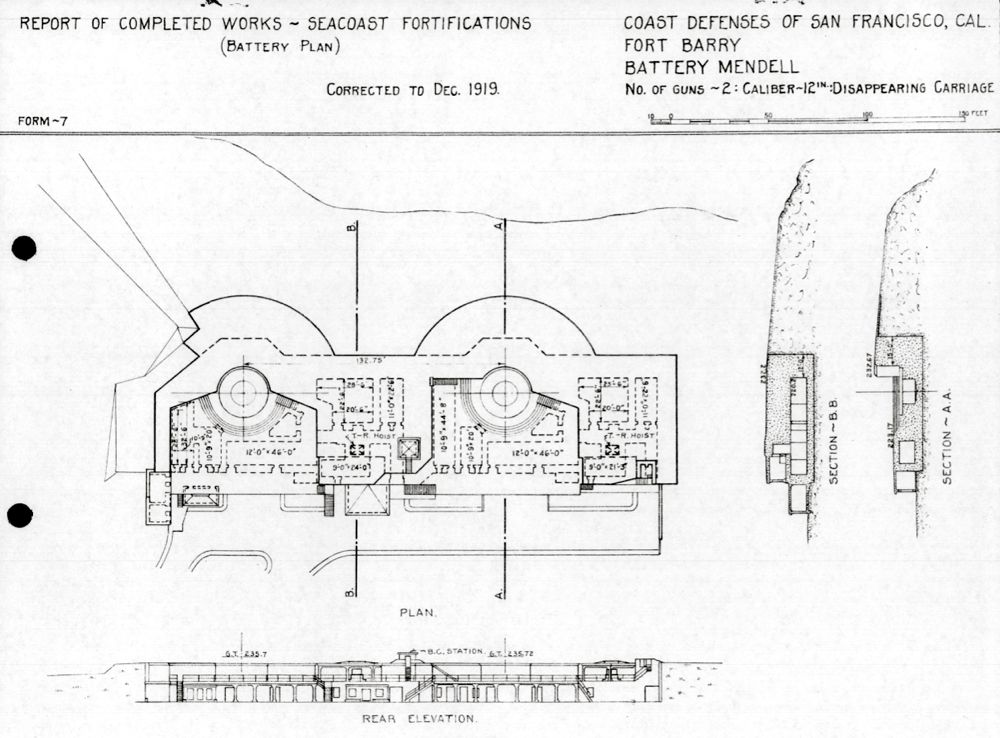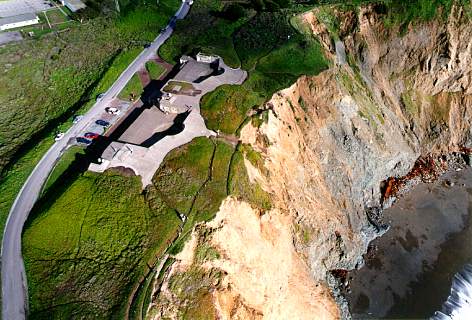
In July 1901 excavation began for a battery containing two 12-inch guns 133 feet apart. This battery had a dramatic location near the edge of a 235-foot high cliff, looking out over the sea. Because of its location on sand-clay soil, especially heavy footings were required.
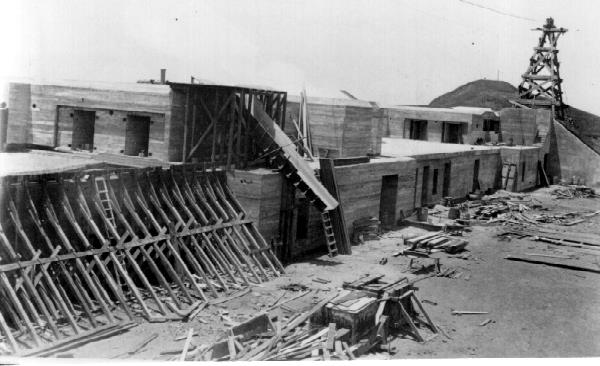


These guns were mounted on disappearing carriages, model 1897, nos 30 and 31, with retracting motor, there were 35 built, Original Emplaced-35 Time of Emplacement: 1899-1904. They were mounted with 14 bolts inner, 14 inner, 12 outer, Circle Diameter: 14� 2" inner, 18' 4": outer, Parapet Height: 13' 11.5", Center to Parapet: 13' 5". There were 5 steps. Carriage # 31 was received July 14 1902, Carriage # 30 was received July 30 1902. They were manufactured by Midvale Steel Company.
